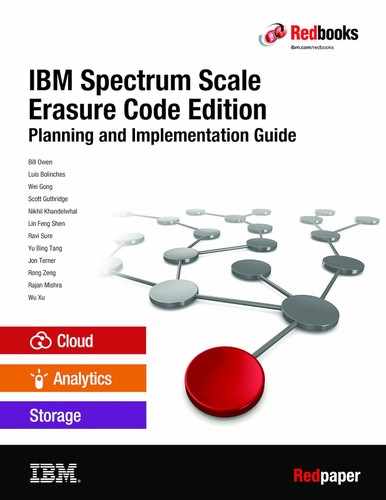Book Description
This IBM® Redpaper introduces the IBM Spectrum® Scale Erasure Code Edition (ECE) as a scalable, high-performance data and file management solution. ECE is designed to run on any commodity server that meets the ECE minimum hardware requirements. ECE provides all the functionality, reliability, scalability, and performance of IBM Spectrum Scale with the added benefit of network-dispersed IBM Spectrum Scale RAID, which provides data protection, storage efficiency, and the ability to manage storage in hyperscale environments that are composed from commodity hardware.
In this publication, we explain the benefits of ECE and the use cases where we believe it fits best. We also provide a technical introduction to IBM Spectrum Scale RAID. Next, we explain the key aspects of planning an installation, provide an example of an installation scenario, and describe the key aspects of day-to-day management and a process for problem determination. We conclude with an overview of possible enhancements that are being considered for future versions of IBM Spectrum Scale Erasure Code Edition.
Overall knowledge of IBM Spectrum Scale Erasure Code Edition is critical to planning a successful storage system deployment. This paper is targeted toward technical professionals (consultants, technical support staff, IT Architects, and IT Specialists) who are responsible for delivering cost effective storage solutions. The goal of this paper is to describe the benefits of using IBM Spectrum Scale Erasure Code Edition for the creation of high performing storage systems.
